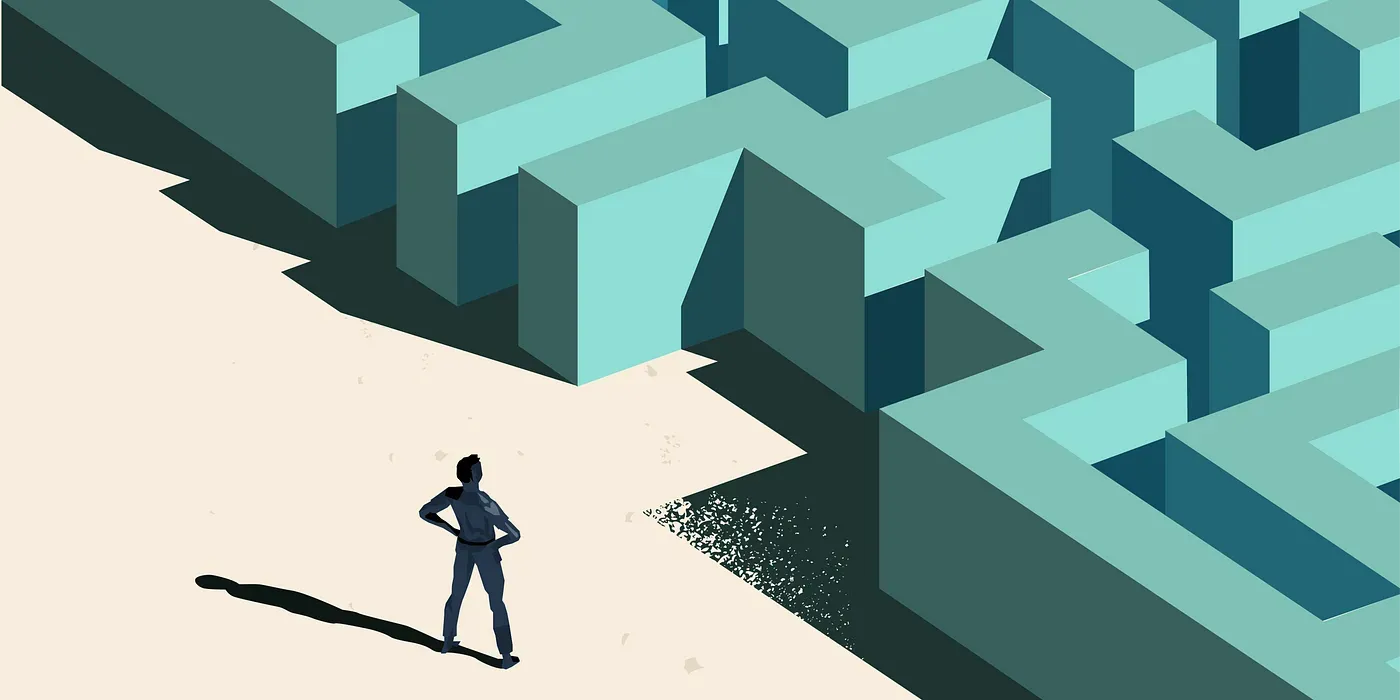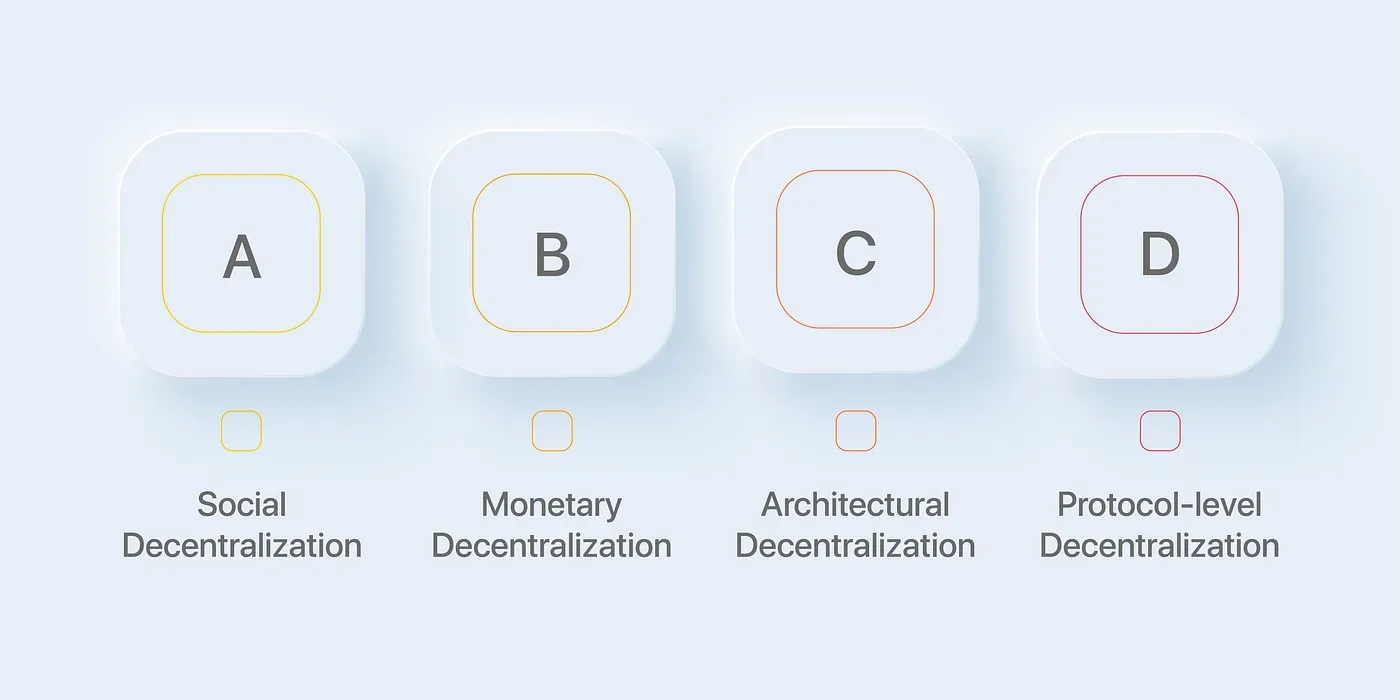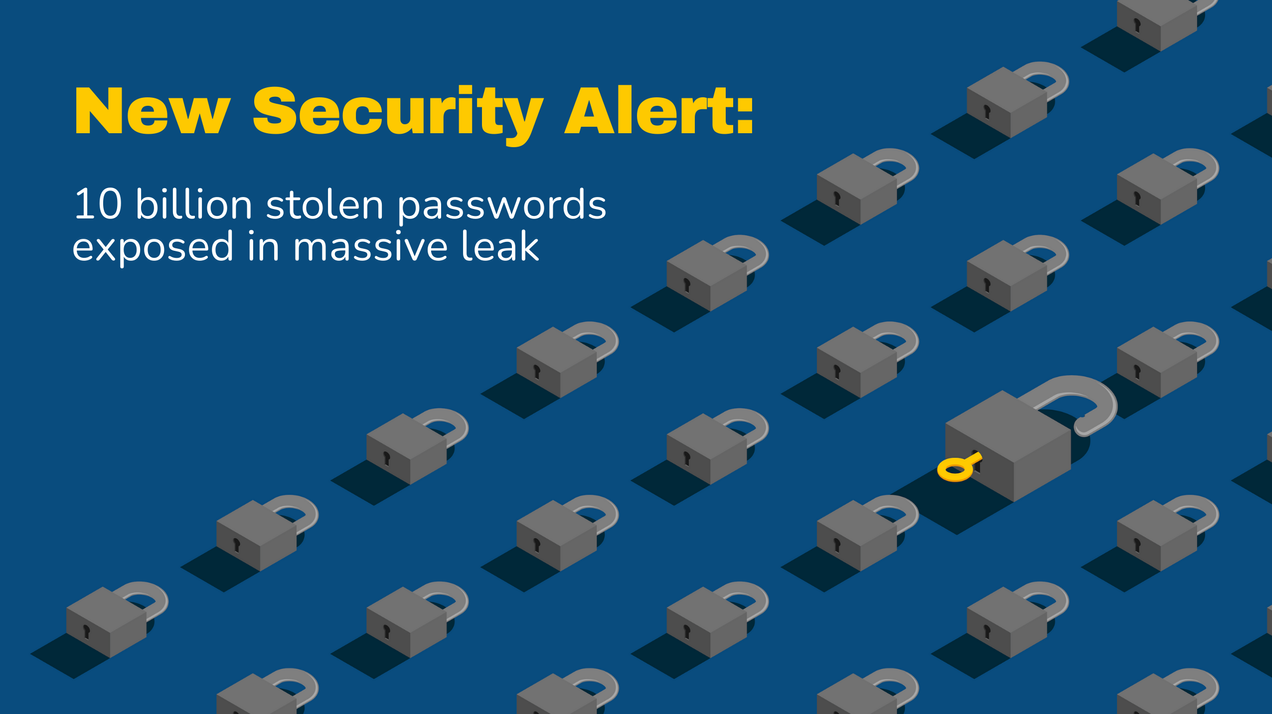
Decentralization and Distribution

As we started exploring blockchain technology, the term “decentralization” quickly became a mainstay of our vocabulary alongside the term “blockchain.”
Although previously familiar from various contexts, the concepts of decentralization and distribution contain subtle, albeit profound, differences in terms of what they mean and represent. When approaching the concept of “decentralization” specifically in relation to the field of blockchain, it is worth bearing in mind that this term has a multilayered structure.
What is the centralized approach?
It might be useful to talk about the overall perspective of centralized systems before moving on to decentralization and distribution. At its core, a centralized approach implies a single decision-maker or operator regarding the functionality over an individual’s or a group’s product, service, etc. There is a sole authority within the defined jurisdiction. Centralized structures provide certain benefits, but they also incur several risks.
First, a centralized system presents a relatively easy target for a cyberattack. Second, an authority may arbitrarily delete or modify the data you have in the system, if this data is stored within a predefined centralized area. Should the latter happen, you would not be able to claim rights on your own data.
While it may seem that decentralization is directly related to functionality as defined above, the crux of the matter relates — contrary to popular belief — to control over data rather than its functionality.
What is decentralization?
To put it simply, decentralization refers to mechanisms that are not centralized or do not have a central authority. Generally speaking, the decentralization that we talk about involves the decentralization of control. Nevertheless, one of the fallacious notions, which appears first when decentralization and blockchain are mentioned together, is that “wherever there is blockchain, there is decentralization.” The reality, however, is a little different.
Whether a blockchain network is centralized, decentralized, or distributed in its process and decision management depends almost entirely on the design of the network itself. As a result of the objective of the design, you may be managing a computer network which runs in a completely centralized manner, which sets forth strict authorizations for joining, and which makes decisions. Conversely, you may be part of a network where users are able to participate without seeking permission once they fulfill the conditions on their own.
If the design is so decisive, where do we need to look?

In order to assess decentralization, we can go through four separate layers:
Social decentralization
- Represents the diversity of computers, individuals, organizations, etc. that join or are able to join the relevant blockchain network.
Monetary decentralization
- Represents the balance of value distribution within blockchain networks in which there is a circulation of economic value, and this economic process bears significance for the functioning of the network.
Architectural decentralization
- As the decision for centralization or decentralization should be (and often is) made in line with the objective of the design at the very beginning, it represents the perspective adopted by the blockchain network at a fundamental level on how this matter is handled.
Protocol-level decentralization
- Represents the perspective adopted by the blockchain network on the decision-making layer with regard to the mechanism of decision-making, how the rules are determined, implemented, etc.
This multilayered analysis indicates that a large body of evidence is required before we can declare a blockchain network as “decentralized.”
Does distribution imply decentralization?
No. Because a distributed approach is related to process management rather than decision-making. In other words, there might be a center that makes decisions or ensures that process-related decisions are made while simultaneously employing a distributed approach for process management.
TransferChain provides an example for all of the aforementioned concepts.
TransferChain utilizes a distributed structure for data management. The data to be stored or transferred by the user is initially encrypted on client-side, partitioned, and distributed across multiple storage providers. This process, wherein the data pieces do not make sense on their own and can be put together and given meaning only by those authorized by the data owner, exemplifies distributed process management.
Both centralization and decentralization are relevant from a blockchain perspective, since TransferChain blockchain makes use of both concepts without solely relying on one or the other. In simpler terms, this process — which we call “Transitional Decentralization” — refers to a blockchain approach which is initiated centrally even though it is designed to be decentralized. Despite our unwavering belief in decentralization, we do not think that decentralization offers the most reliable, sustainable, and scalable model during the network’s infancy.
Instead, we initiate the network and play a significant role in the interior decision mechanism; however, this is where the real process begins. As participants at various levels with various roles join the network over time, we will distribute our weight homogeneously across the network. Within four to six years, TransferChain aims to achieve a decision-making mechanism wherein the opinions and votes of each machine in the network complements one another. Consequently, TransferChain will attain decentralization, our ultimate goal, in a reliable, sustainable and scalable way through a centrally initiated process built on solid ground.


